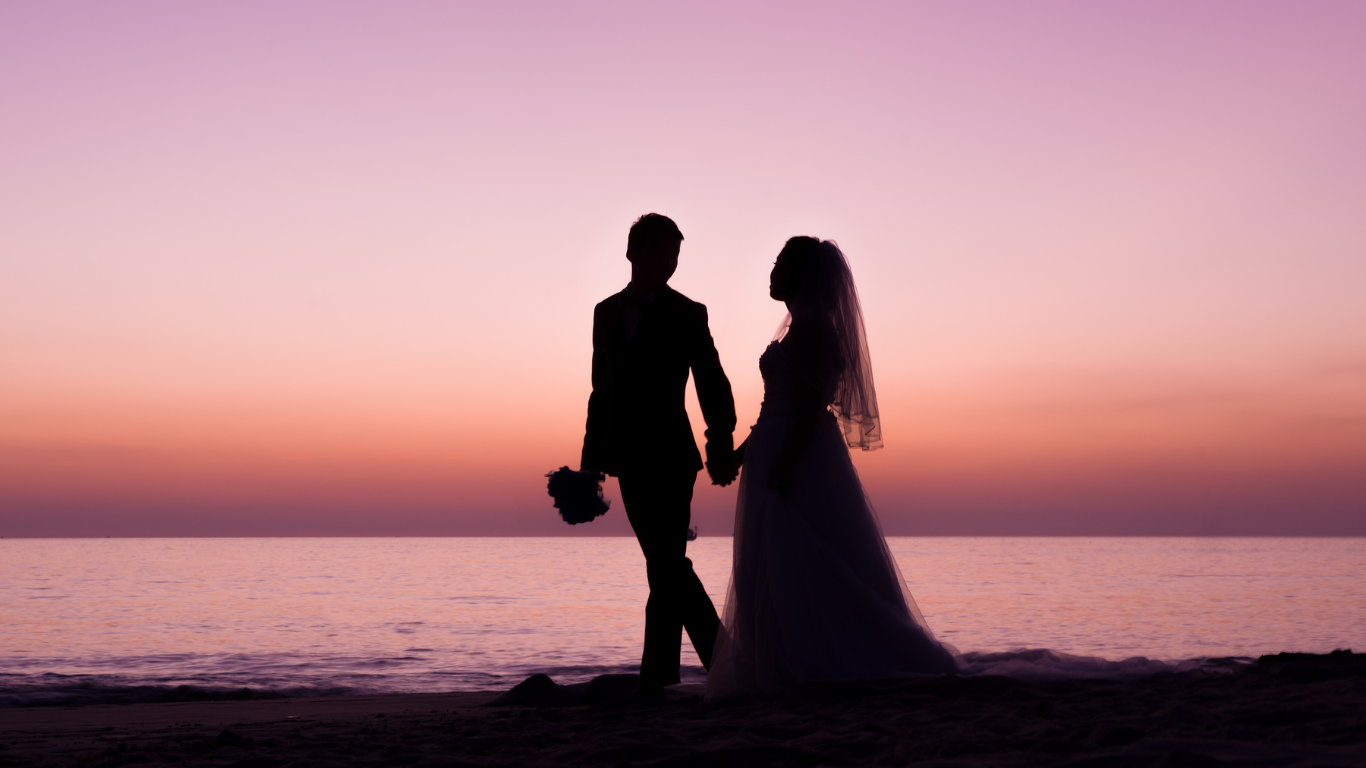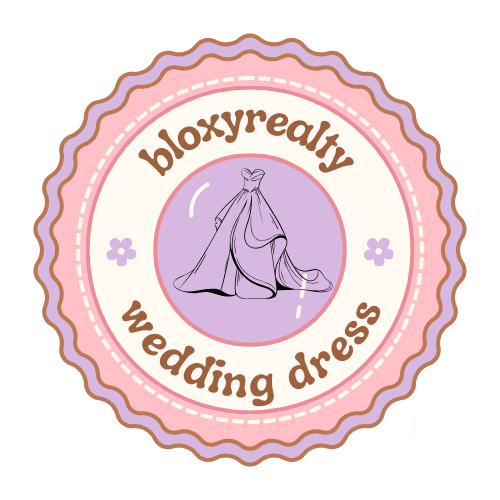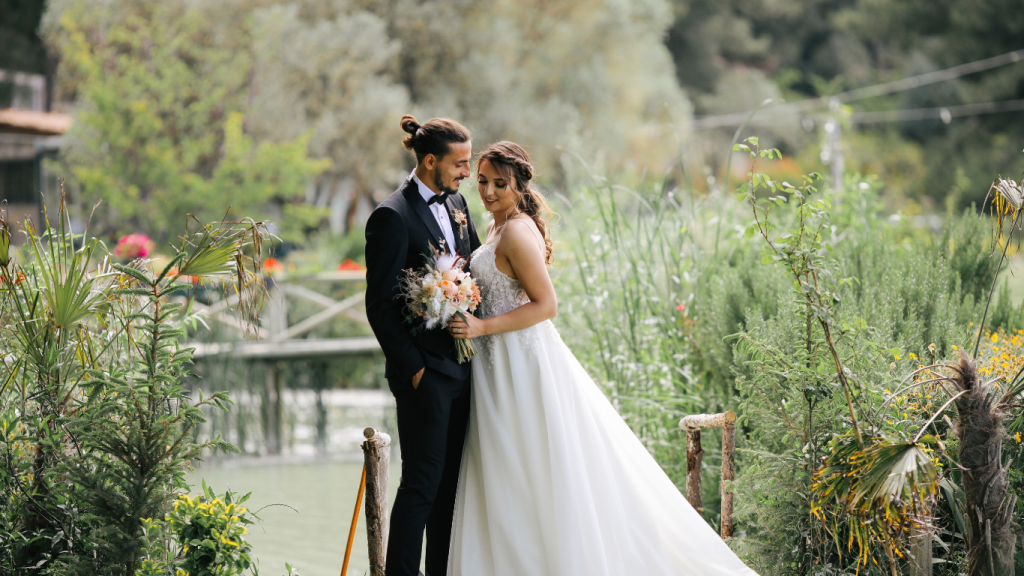Blog
The Art of Coordinating Bridal and Groom Attire
Your wedding day is one of the most memorable moments in your life, and every detail counts—especially how you and your partner look as a couple. Coordinating bridal and groom attire is an art that ensures harmony, elevates your wedding aesthetic, and reflects your unique love story. Whether your style is classic, modern, or whimsical, this guide will help you master the art of perfectly pairing your wedding outfits.

1. Start with the Wedding The men
The first step in coordinating your attire is to align with the overall wedding theme.
- Formal Weddings: If your wedding is black-tie or ultra-formal, a classic tuxedo for the groom and a traditional white or ivory gown for the bride work seamlessly.
- Rustic or Bohemian Weddings: Think flowy fabrics and lace for the bride, and earth-toned suits or linen ensembles for the groom.
- Beach or Destination Weddings: A lightweight dress for the bride and a relaxed linen or cotton suit for the groom create a breezy, harmonious look.
- Modern Weddings: Sleek silhouettes, bold patterns, or unique fabrics can help both outfits stand out in style.
Tip: Keep the venue in mind when choosing your attire. A grand ballroom calls for elegance, while an outdoor garden wedding invites a more laid-back aesthetic.
2. Choose a Cohesive Color Palette
A well-coordinated color scheme ties your outfits together beautifully.
- Complementary Colors: The grooms tie, pocket square, or boutonniere can echo colors from the bride’s bouquet or dress embellishments.
- Neutral Foundations: Classic tones like black, navy, gray, or ivory are timeless and versatile.
- Seasonal Hues: Consider warm, rich tones for fall weddings and pastel or bright shades for spring or summer celebrations.
Tip: Swatches of your wedding colors can be helpful when shopping for accessories and finalizing details.
3. Match the Levels of Formality
Your outfits should reflect the same level of formality.
- Black-Tie Elegance: Pair a formal ballgown with a tuxedo featuring satin lapels and a bow tie.
- Semi-Formal Looks: Combine a sophisticated A-line or sheath dress with a tailored suit and tie.
- Casual Chic: Opt for a light and airy bridal dress and a more relaxed look for the groom, such as a blazer with chinos or suspenders.
Tip: Ensure the fabrics align in quality and tone. A heavily embellished gown might clash with a casual suit.
4. Align Styles for a Unified Look
While your outfits shouldn’t match exactly, they should complement each other.
- Vintage Vibes: A lace wedding gown pairs perfectly with a tweed suit or vest for the groom.
- Modern Minimalism: A sleek, unadorned gown works well with a tailored, slim-fit suit.
- Romantic Aesthetic: Flowing, ethereal bridal styles look stunning alongside softer fabrics like velvet or light wool for the groom.
Tip: Choose elements that connect your outfits. For example, if the bride’s dress has beading, the groom could wear cufflinks or a tie pin with similar detailing.
5. Focus on Fabric Coordination
The choice of fabrics can make a significant impact on how cohesive your looks appear.
- Luxurious Materials: Silk, satin, or velvet create an upscale feel for both outfits.
- Seasonal Fabrics: Choose breathable fabrics like cotton or linen for summer, and heavier materials like wool or brocade for winter.
- Texture Harmony: If the bride’s gown has intricate lace or embroidery, the groom can opt for a textured tie or vest to mirror the design.
Tip: Test fabric samples together to ensure they harmonize under different lighting conditions. 
6. Pay Attention to Accessories
Accessories are a simple yet effective way to tie the bride and groom’s looks together.
- Shared Details: Matching metals (gold, silver, rose gold) in jewelry and cufflinks create subtle unity.
- Floral Accents: The groom’s boutonniere should complement the bridal bouquet in both style and color.
- Shoes: While they won’t match exactly, ensure both pairs are equally formal and polished.
Tip: Personalized accessories, such as monogrammed items or heirlooms, add a sentimental touch.
7. Consider Cultural or Traditional Elements
For weddings that incorporate cultural or traditional elements, aligning your outfits can add depth and meaning.
- Cultural Attire: Ensure both outfits honor the traditions being celebrated. For example, in an Indian wedding, the bride’s lehenga and groom’s sherwani often feature complementary colors and embroidery.
- Religious Significance: Consider attire that adheres to any religious guidelines while maintaining a cohesive look.
Tip: Work with a designer or stylist familiar with cultural attire to achieve a balanced and respectful ensemble.
8. Involve the Groom in the Planning Process
The grooms input is vital in creating a cohesive look.
- Collaborate on Key Decisions: Discuss the dress code, formality, and style preferences together.
- Shop Together: Bring photos or swatches from the bridal gown to help choose a suit or tuxedo that complements it.
Tip: A shared Pinterest board or mood board can help you visualize how your outfits will look side by side.
9. Don’t Forget About the Wedding Party
Your bridal party’s attire should also align with your coordinated looks.
- Matching Accents: Bridesmaid dresses and groomsmen accessories can tie into your outfits through complementary colors or styles.
- Balanced Formality: Ensure the wedding party’s outfits match the formality of the bride and grooms attire.
Tip: Keep your wedding colors consistent across the bridal party for a cohesive aesthetic in photos.
10. Schedule a Finalstyle Check
Before the big day, take the time to ensure everything aligns perfectly.
- Dress Rehearsal: Try on your outfits together to check for harmony in color, style, and formality.
- Photography Test: Take photos in natural and artificial lighting to see how your outfits look side by side.
Tip: Bring accessories and floral arrangements to the final fitting to visualize the complete look.
Conclusion
Coordinating bridal and groom attire is more than just matching colors—it’s about creating a unified vision that reflects your love and enhances the overall wedding theme. By considering elements like formality, color palette, style, and accessories, you can craft a look that feels balanced and harmonious.
Your wedding day is a celebration of your partnership, and your outfits should be a reflection of that unity. With thoughtful planning and collaboration, you’ll create a stunning, cohesive look that leaves a lasting impression on everyone who witnesses your special day.

